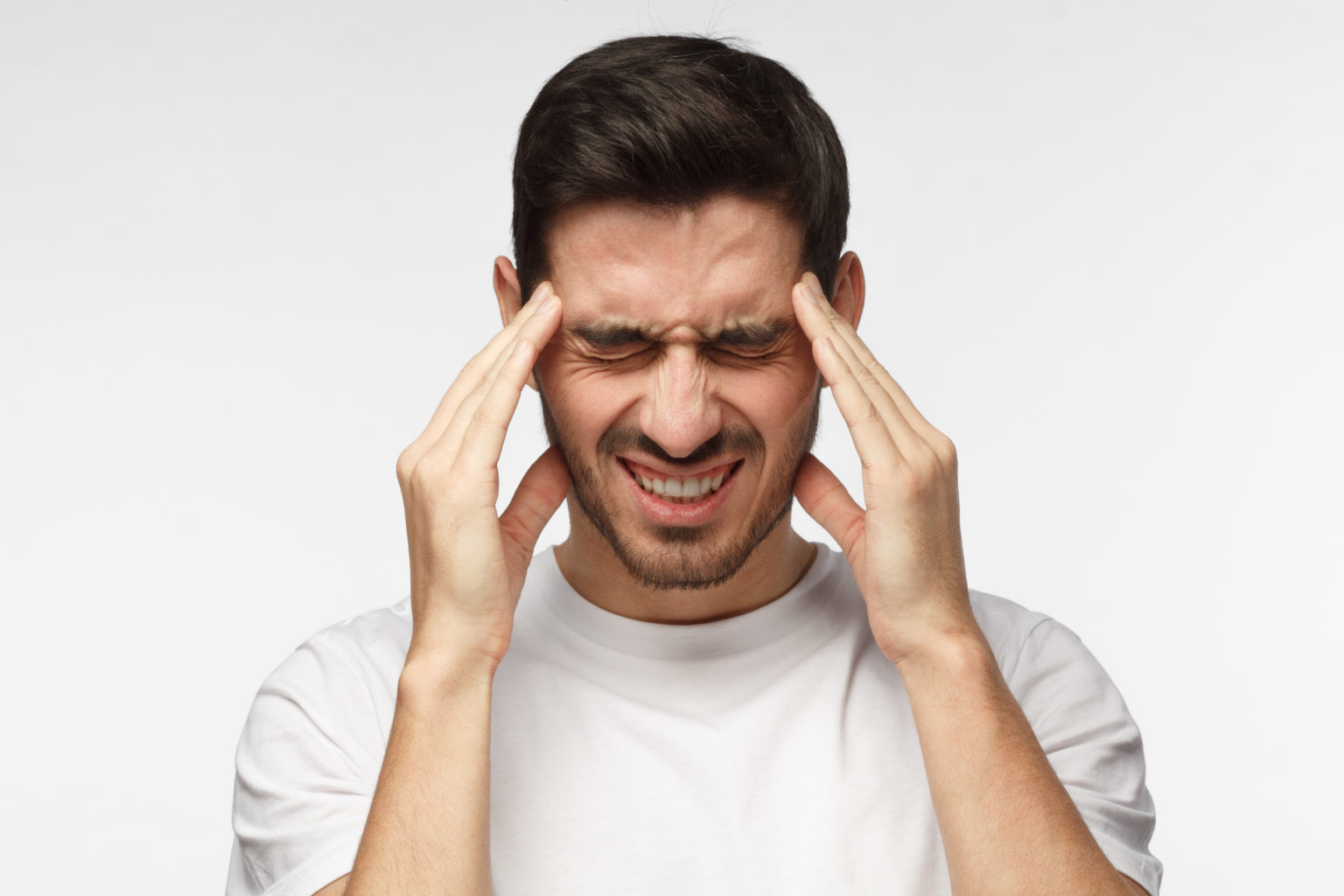Bruxism, commonly known as teeth grinding or jaw clenching, is more than just a dental issue. For many patients, it is closely linked to migraines, presenting a complex interplay between oral health and neurological symptoms. Understanding this connection can help dentists play a vital role in diagnosing and managing conditions that impact both dental and overall well-being.
What is Bruxism?
Bruxism is a condition characterized by involuntary grinding or clenching of the teeth, often occurring during sleep (sleep bruxism) or while awake (awake bruxism). Key contributing factors include:
- Stress and anxiety
- Sleep disorders, such as sleep apnea
- Malocclusion or misaligned teeth
- Lifestyle habits, like caffeine or alcohol consumption
The repetitive clenching places excessive strain on the jaw muscles, temporomandibular joints (TMJs), and surrounding structures, creating a ripple effect that may trigger migraines.
How Bruxism Contributes to Migraines
Migraines are severe, recurrent headaches often accompanied by nausea, sensitivity to light and sound, and throbbing pain. Bruxism can exacerbate or contribute to migraines through the following mechanisms:
1. Muscle Tension
Jaw clenching activates the masticatory muscles (such as the masseter and temporalis), which can become hyperactive and inflamed. This tension often radiates to the head, neck, and shoulders, serving as a potential migraine trigger.
2. TMJ Dysfunction
Chronic bruxism can strain the temporomandibular joints, leading to dysfunction (TMD). TMD is a known contributor to facial pain and headaches, including migraines.
3. Sleep Disruption
Patients with sleep bruxism may experience fragmented sleep patterns, which can lower their migraine threshold. Poor sleep quality is a well-established factor in triggering migraines.
Diagnosing the Bruxism-Migraine Link
Dentists are often the first to detect signs of bruxism during routine exams. Indicators include:
- Worn tooth enamel or flattened chewing surfaces
- Tooth sensitivity or fractures
- TMJ clicking, popping, or pain
- Muscle tenderness in the jaw, neck, and shoulders
If a patient reports frequent headaches or migraines, dentists should consider whether jaw clenching or grinding may be contributing factors. A multidisciplinary approach involving collaboration with neurologists and sleep specialists can enhance diagnosis and treatment.
Treatment Strategies for Bruxism and Migraines
Managing the connection between bruxism and migraines involves addressing the root causes of bruxism while providing relief from headache symptoms.
1. Custom Night Guards
Dental appliances, such as custom-fit night guards or occlusal splints, can protect teeth from grinding and reduce muscle strain. These devices also help alleviate TMJ pressure, decreasing the frequency and intensity of migraines.
2. Stress Management
Stress is a major contributor to bruxism. Dentists can recommend relaxation techniques, mindfulness practices, or referrals to therapists for stress reduction to lower the incidence of clenching and grinding.
3. Botox for Jaw Clenching
Botulinum toxin (Botox) injections can relax overactive jaw muscles, reducing tension and preventing migraines. This minimally invasive treatment has shown promising results for patients with chronic bruxism and migraines.
4. Orthodontic or Restorative Interventions
Correcting malocclusion with braces, aligners, or restorations can improve bite alignment, reducing stress on the TMJ and associated muscles.
5. Sleep Therapy
Patients with sleep bruxism may benefit from sleep studies to identify underlying issues such as sleep apnea. Continuous Positive Airway Pressure (CPAP) therapy or oral appliances for sleep apnea can indirectly help manage migraines.
6. Medications and Supplements
Neurologists may recommend preventive medications, such as beta-blockers or anti-seizure drugs, to manage migraines. Magnesium and riboflavin supplements are also effective for some patients.
Headache Relief Through Dental Care
Dentists have a unique role in alleviating migraines triggered by jaw clenching or bruxism. By identifying signs of bruxism early and implementing targeted interventions, dental professionals can significantly reduce the frequency and severity of migraine episodes.
Patients suffering from frequent migraines should be educated about the potential link to bruxism and encouraged to seek a multidisciplinary treatment approach that includes both dental and medical care.
Understanding the connection between bruxism and migraines is essential for providing comprehensive patient care. By addressing jaw clenching and its associated triggers, dentists can help patients achieve not only better oral health but also relief from debilitating headaches.

Leave a Reply